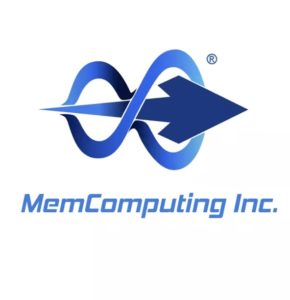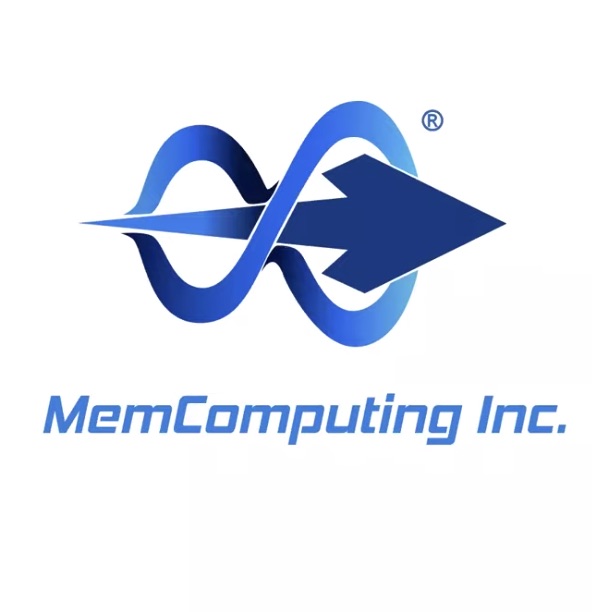 Today MemComputing announced it has been selected as one of eight startups nationwide to join the Catalyst Space Accelerator, centered around space-based Intelligence, Surveillance, and Reconnaissance (ISR).
Today MemComputing announced it has been selected as one of eight startups nationwide to join the Catalyst Space Accelerator, centered around space-based Intelligence, Surveillance, and Reconnaissance (ISR).
The Catalyst Space Accelerator is sponsored by the Air Force Research Laboratory (AFRL) Space Vehicles Directorate, a defense and national security industry accelerator headquartered on the Catalyst Campus in Colorado Springs, Colorado.
The Accelerator provides MemComputing the opportunity to work with government and commercial leaders with access to an extensive collaborative ecosystem,” said John Beane, CEO of MemComputing, Inc. “The type of complex computations faced by space-based Intelligence, Surveillance, and Reconnaissance programs are perfectly suited to benefit by the acceleration that our MemCPU technology provides. Compute problems taking hours, days, and weeks are reduced to minutes and seconds using MemComputing.”
About MemComputing
MemComputing, Inc.’s disruptive technology is accelerating the time to find feasible solutions to challenging operations research problems. Using physics principles, MemComputing’s novel software architecture is based on the logic and reasoning functions of the human brain. The company was formed by the inventors of the memcomputing architecture, Dr. Massimiliano Di Ventra and Dr. Fabio Traversa, with John A. Beane, former Entrepreneur-in-Residence, University of California, San Diego.
The inspiration for memcomputing came to Di Ventra when he learned that even simple organisms, such as amoebas, can “learn” patterns when appropriately trained, and realized that such a behavior is a consequence of the ability of the organism to store that information in some form of physical memory, and retrieve it for later use to perform simple tasks. Following up on this work, Di Ventra and his team then started to investigate whether such a behavior could also be used to compute some problems, such as finding the solution of a maze, the shortest path in networks, and some optimization problems. The success of these early studies gave more support to the notion that memory can indeed be used as an efficient computational tool in novel architectures without the need to physically separate the CPU from the memory bank as it is currently done in our modern computers. This type of computing instead resembles closer the one that is believed to occur in the brain.




